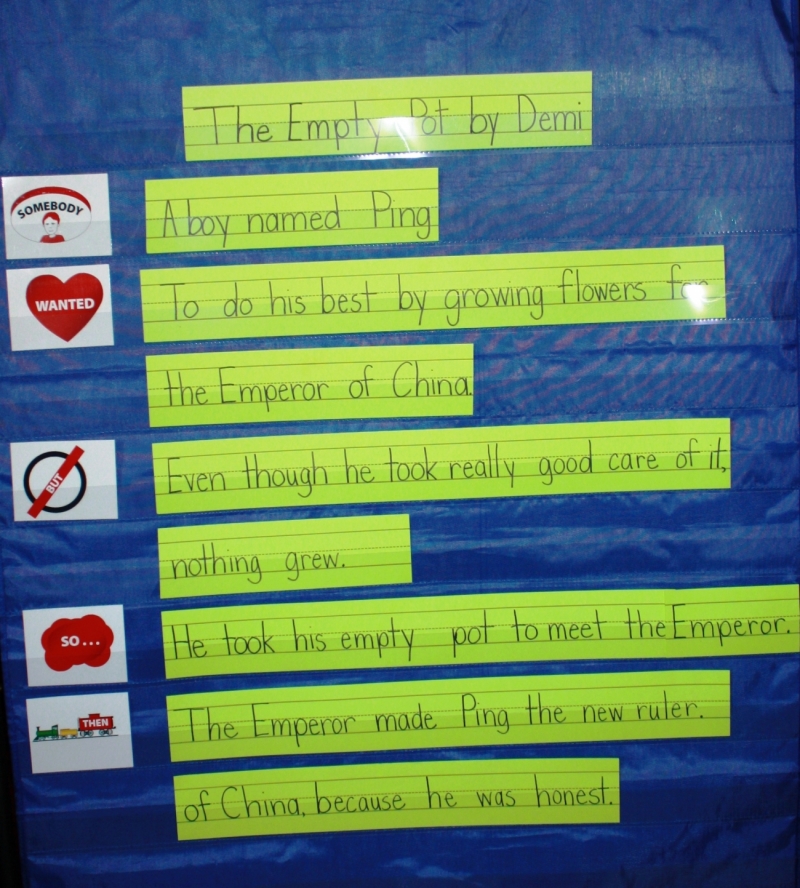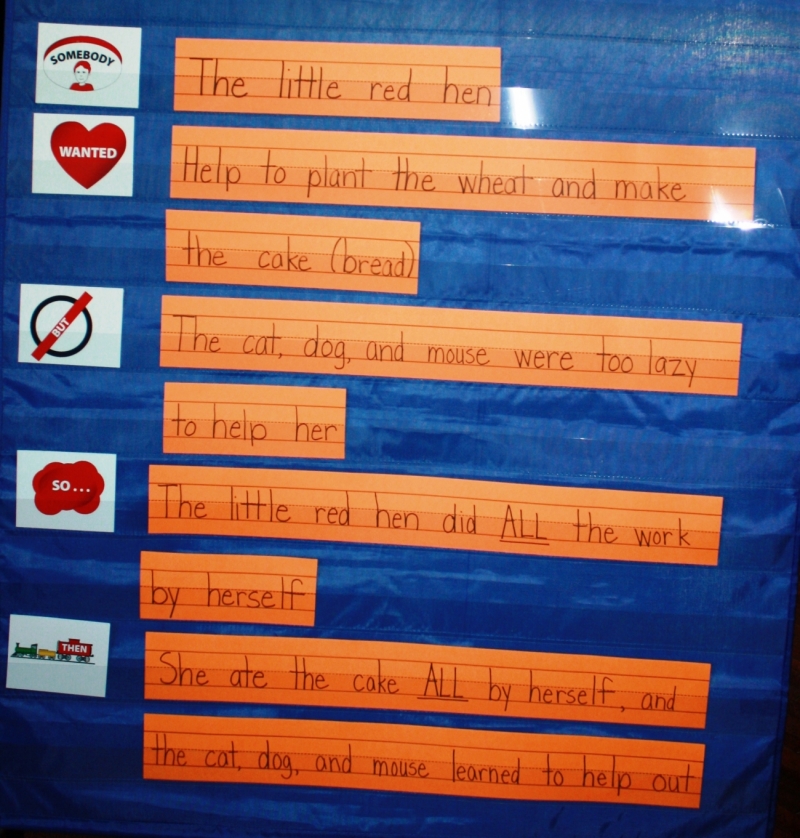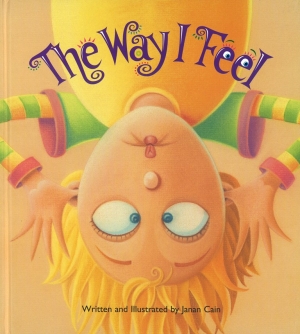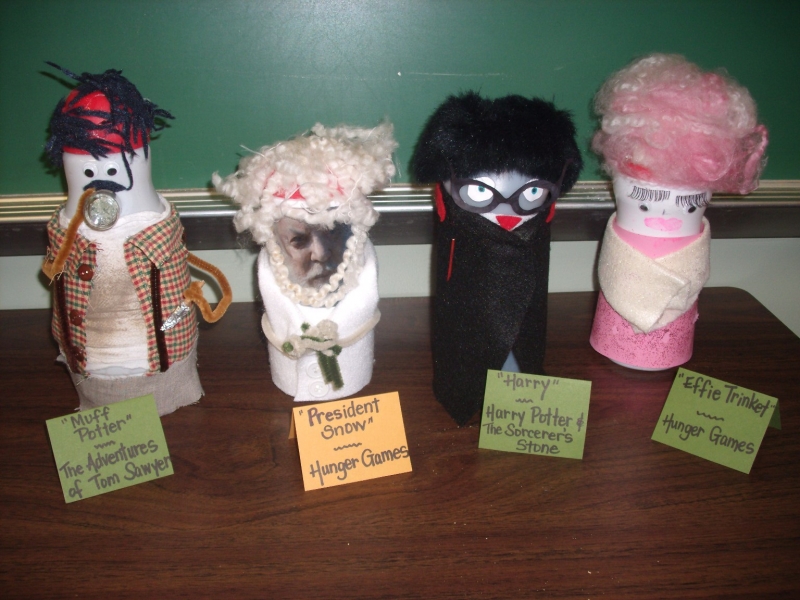Literacy Retreat 2013
SECRET SITE
Thinking Beyond the Text
Introduce your students to their Reading Voices & Thinking Voices
 Introduce your students to their Reading Voices & Thinking Voices using this caricature.
Introduce your students to their Reading Voices & Thinking Voices using this caricature.
After introducing your students to the “voices” in their heads, consider referencing them during future lesson by holding up the extra-large signs printed on card stock and attached to wooden paint sticks.
Manipulate the sizes of the Reading Voice, Thinking Voice, and Distracting Voice icons using these JPEGs.
RETELLING KEY DETAILS
Target key details with the 5 Ws (Who, Where/When, What, and Why) icon cards with inferential questions on the back. Use the 5Ws of Ideas and Concepts (Smart Board version) to document key details while reading.
Use key words to do retelling. Use the index for informational text or pick key vocabulary words from narrative text. Make instant flashcards at kitzkikz.com so students can sort the words into groups that naturally go together.
Use the retelling gloves as a reminder to prompt students to include all important elements when retelling a passage.
SUMMARIZING KEY DETAILS
Somebody…wanted…but…so…then organizer (Smart Board version). When first teaching this skill to students in a whole-class mini-lesson, utilize the large icons to create a visual image for your chart paper or pocket chart.


Summarize ideas with story frame cards that honor the different text structures of literature and informational text.
Visit the Learning Center for more summarizing strategies such as Fist List and 911 Retelling.
ANALYZING CONCEPTS & CHARACTERS
Retell and relate concepts from informational text (example 1; example 2). When reading chunks of text, add in the relationships and interactions between ideas as they develop from section to section across the text.
DEFINE CHARACTER FEELINGS AND TRAITS
Teach students the difference between character feelings (fleeting and temporary) and character traits (ingrained personality). Use the books The Way I Feel, J. Cain and The Way I Act, S. Metzger to show examples of the differences between fleeting feelings and tried-and-true traits.


Manyak created a list of recommended traits to teach at each grade level in elementary school.
Genia Connell blogs about introducing traits to students by brainstorming character traits and applying traits to their own personalities.
Ask students to infer how a character feels using text clues AND their background knowledge. Document it with the 3-column TC + BK = I. View an example of the TC + BK = I for the book Tight Times.
Sometimes character traits include vocabulary that is unfamiliar to students. Help them to learn this more sophisticated language of traits by incorporating the Tracking Characters Trait Chart.
 Many teachers love Melanie Beaver’s idea of the Crafty Creamer Characters. Melanie had her West Vigo Middle School (Terre Haute, IN) students decorate the outside of the containers to represent the physical descriptions of characters from their texts. Then, in the inside of the containers, they included direct quotes and evidence from the text to define the character traits of each person.
Many teachers love Melanie Beaver’s idea of the Crafty Creamer Characters. Melanie had her West Vigo Middle School (Terre Haute, IN) students decorate the outside of the containers to represent the physical descriptions of characters from their texts. Then, in the inside of the containers, they included direct quotes and evidence from the text to define the character traits of each person.
The Character Web also requires students to infer character traits and personality, while citing textual evidence to support their claim.
The Character Change Chart tracks one character’s response to the crisis in the passage. Students think about the lesson learned by the character. View an example of “The Third Wish” Character Change Chart.
Analyze characters from a variety of texts with similar traits.
INFER CENTRAL IDEAS IN INFORMATIONAL TEXT
Identify the alias terms people use interchangeably with Main Idea, but teach students the slight differences between the terms.
Use the ABC Chart in any format to collect key details to determine the main idea.
SCAFFOLD THE INTERPRETATION OF THEME
Since you can’t teach theme with one book alone, build background knowledge of morals or lessons with fables and books used for character traits.
- Aesop’s Fables, J. Pinkney
- The Lion and the Mouse, J. Pinkney
- Lousy Rotten Stinkin’ Grapes, M. Palatini
- The Race of the Century, B. Downard
- Too Tall Houses, G. Marino
 Make a billboard to reflect the author’s message of the passage. Add a statement, picture, and choose a value (trait) as the message.
Make a billboard to reflect the author’s message of the passage. Add a statement, picture, and choose a value (trait) as the message.
Grow a theME board throughout the year highlighting the Author’s Message from significant texts.
If you are a Kindle user, see the most popular highlights for one of your Kindle e-books to determine a theme.
Move up the scaffold of determining the Author’s Message using The Heart of the Story icon.
Students infer the message the author teaches with the theME foldable.
Books used as examples in the session:
Fly Away Home, E. Bunting
Henry’s Freedom Box, E. Levine
Fist Stick Knife Gun, G. Canada
Divergent, V. Roth
Wonder, R. J. Palacio

